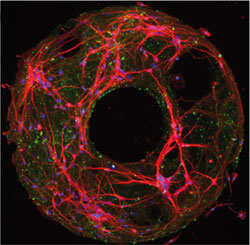 The recent LOC article from Henry Zeringue (University of Pittsburgh) and team has been highlighted on ScienceDaily. The article describes the creation of a model of the ring-shaped networks of neurons in the brain, to help understand the mechanisms behind persistent activity – which is involved in memory and motor planning.
The recent LOC article from Henry Zeringue (University of Pittsburgh) and team has been highlighted on ScienceDaily. The article describes the creation of a model of the ring-shaped networks of neurons in the brain, to help understand the mechanisms behind persistent activity – which is involved in memory and motor planning.
Congratulations to Henry Zeringue and team!
You can read Carl Saxton’s Chemistry World article online here or go straight to the Lab on a Chip paper:
Ring-shaped neuronal networks: a platform to study persistent activity
Ashwin Vishwanathan, Guo-Qiang Bi and Henry C. Zeringue,
Lab Chip, 2011, 11, 1081
DOI: 10.1039/c0lc00450b












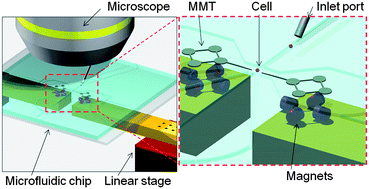 Manipulating cells in microfluidic chips is often accomplished with a magnetically driven microtool (MMT), driven by a permanent magnet. However MMTs driven by permanent magnets suffer from low positioning accuracy and response speed. Here, Masaya Hagiwara (
Manipulating cells in microfluidic chips is often accomplished with a magnetically driven microtool (MMT), driven by a permanent magnet. However MMTs driven by permanent magnets suffer from low positioning accuracy and response speed. Here, Masaya Hagiwara (
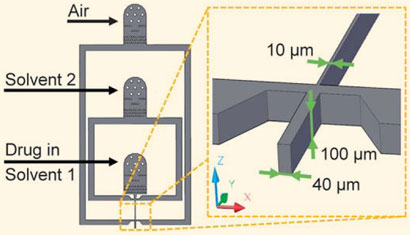 Over the last decade, the molecular complexity of drugs has increased significantly, leading to poor solubility, which means that the compounds can’t be used in the human body. To determine if new formulations have potential as successful drugs, solubility tests are run at an early stage of development. However, the amount of drug available for these tests is usually very small.
Over the last decade, the molecular complexity of drugs has increased significantly, leading to poor solubility, which means that the compounds can’t be used in the human body. To determine if new formulations have potential as successful drugs, solubility tests are run at an early stage of development. However, the amount of drug available for these tests is usually very small.
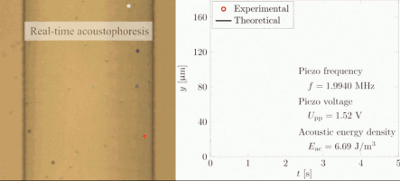
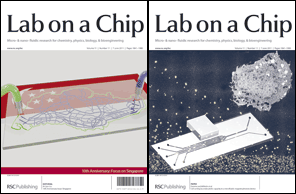

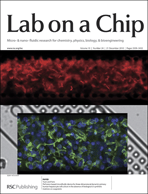 The prize is awarded annually to recognise an exemplary published paper for its impact on advancing science and technology in areas relevant to Corning’s strategic focus and expanding commercial opportunities for Corning.
The prize is awarded annually to recognise an exemplary published paper for its impact on advancing science and technology in areas relevant to Corning’s strategic focus and expanding commercial opportunities for Corning.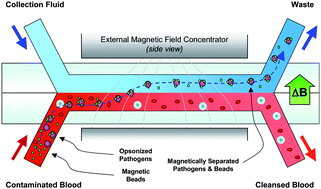 An article from LOC Editorial Board member
An article from LOC Editorial Board member